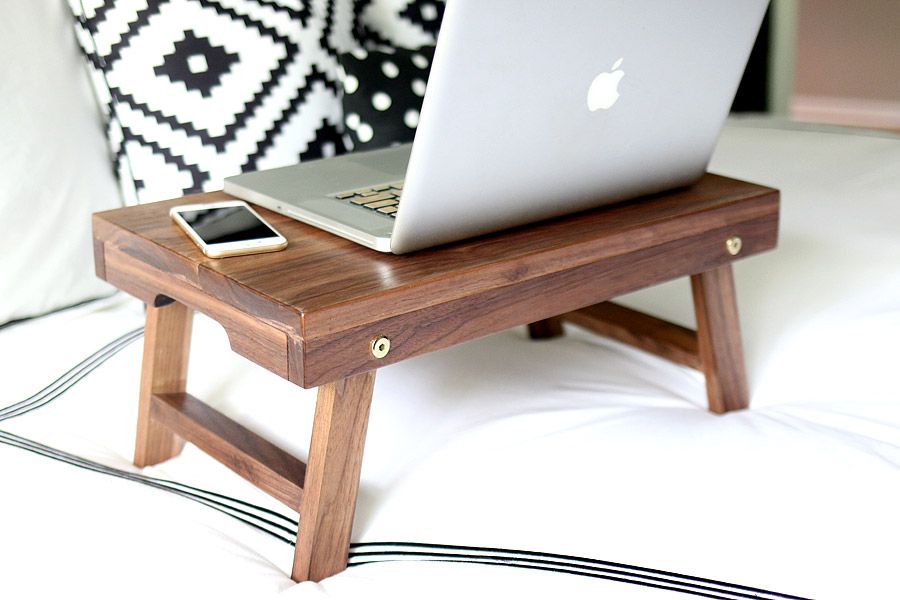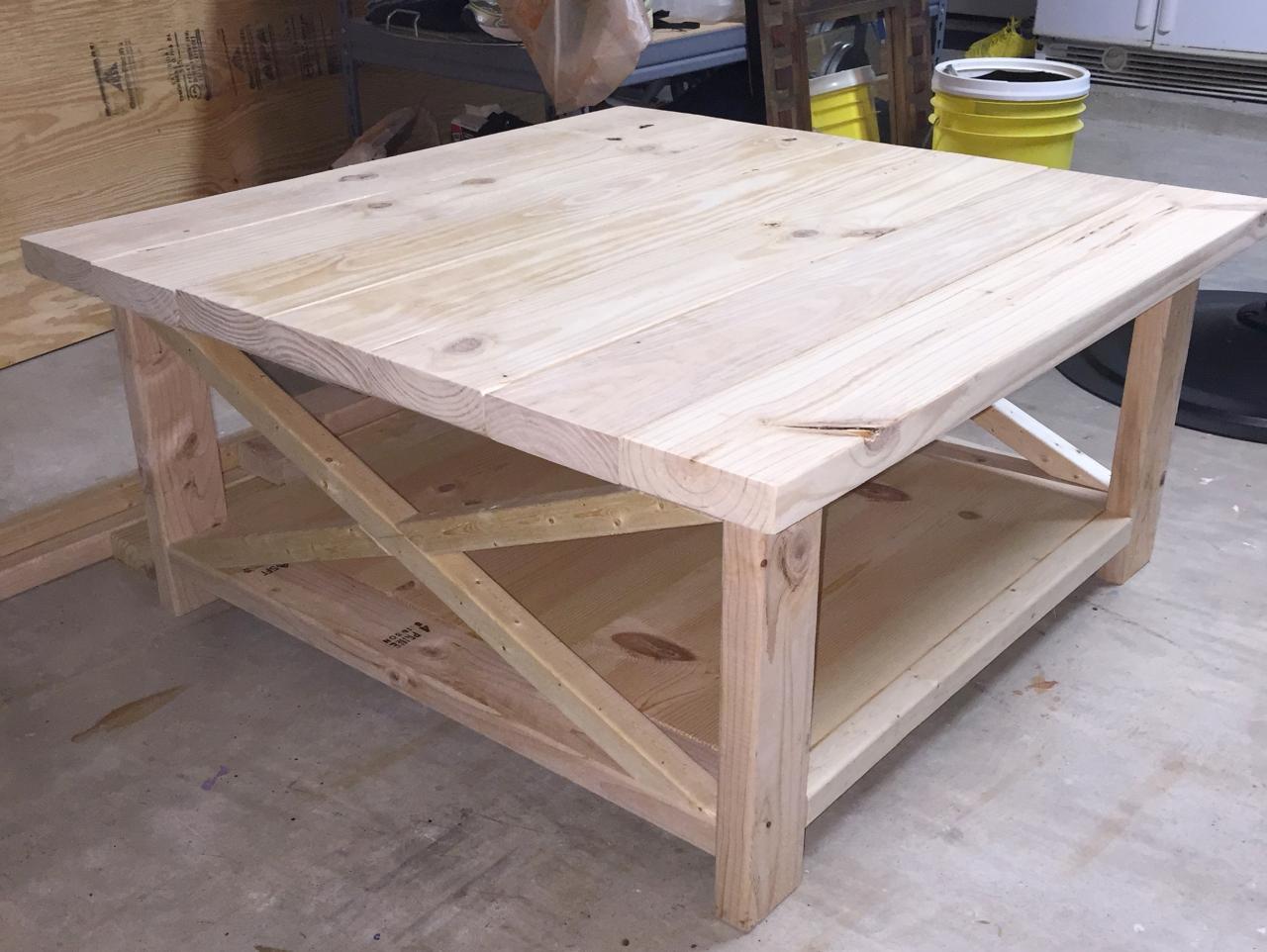DIY wood sets the stage for this enthralling narrative, offering readers a glimpse into a world where creativity meets craftsmanship. The allure of transforming raw materials into stunning, functional pieces is undeniable, and DIY woodworking provides a platform for both beginners and seasoned artisans to explore their artistic potential.
From the simple satisfaction of building a birdhouse to the intricate challenge of crafting custom furniture, DIY woodworking offers a unique blend of creativity, skill, and satisfaction. The journey begins with understanding the fundamentals, acquiring essential tools, and learning basic techniques. With each project, you gain confidence and refine your skills, unlocking a world of possibilities limited only by your imagination.
Essential Tools and Equipment: Diy Wood
Building a successful woodworking shop requires the right tools and equipment. Having the right tools will make your projects easier, safer, and more enjoyable. This section will explore the essential tools and equipment needed for basic woodworking projects.
Types of Saws, Diy wood
Saws are essential for cutting wood. There are many different types of saws, each with its own purpose. Here is a table outlining some common types of saws and their uses:
| Saw Type | Description | Uses |
|---|---|---|
| Hand Saw | A traditional saw with a long blade and a wooden handle. | Cutting wood to length, making rough cuts, and crosscutting. |
| Circular Saw | A power saw with a circular blade that rotates at high speed. | Making precise cuts, ripping wood, and crosscutting. |
| Jigsaw | A power saw with a reciprocating blade that can cut curves and intricate shapes. | Cutting curves, making intricate designs, and cutting out shapes. |
| Miter Saw | A power saw with a blade that can be angled for making precise miter cuts. | Making miter cuts, cutting moldings, and trimming boards. |
| Table Saw | A stationary power saw with a large table and a blade that rises and lowers. | Making precise cuts, ripping wood, and crosscutting. |
Essential Hand Tools for Beginners
A good set of hand tools is essential for any woodworker. These tools can be used for a wide variety of tasks, from measuring and marking to shaping and finishing. Here is a list of essential hand tools for beginners:
- Measuring Tape: For accurately measuring wood and other materials.
- Pencil: For marking wood and transferring measurements.
- Combination Square: For checking for squareness and marking angles.
- Chisels: For carving, shaping, and removing wood.
- Mallet: For striking chisels and other tools.
- Hammer: For driving nails and other fasteners.
- Screwdriver: For driving screws.
- Pliers: For gripping and twisting objects.
- Clamps: For holding wood together during assembly and gluing.
- Sandpaper: For smoothing and finishing wood surfaces.
Safety Precautions in Woodworking

Woodworking is a rewarding hobby or profession, but it’s crucial to prioritize safety to prevent injuries. Woodworking involves using sharp tools and heavy machinery, which can pose significant risks if not handled correctly.
Common Safety Hazards
Understanding common safety hazards in woodworking is essential for taking necessary precautions. Here are some of the most prevalent risks:
- Sharp Tools: Knives, chisels, and saws can cause cuts, lacerations, and punctures if not handled with care.
- Power Tools: Power tools like saws, routers, and sanders can cause severe injuries if misused or if safety guards are not in place.
- Dust: Wood dust can irritate the respiratory system and cause health problems like asthma or lung disease.
- Noise: Woodworking tools generate loud noise that can damage hearing over time.
- Heavy Objects: Lifting heavy pieces of wood or equipment can strain muscles and cause back injuries.
Safety Gear and Equipment
Proper safety gear and equipment are vital to protect yourself from woodworking hazards. Here’s a checklist of essential items:
- Safety Glasses: Protect your eyes from flying debris and sawdust.
- Hearing Protection: Earmuffs or earplugs are essential to reduce noise exposure.
- Dust Mask: A respirator mask is recommended for working with wood dust.
- Gloves: Protect your hands from cuts, splinters, and rough surfaces.
- Work Boots: Steel-toe boots provide protection for your feet.
- First Aid Kit: Have a first aid kit readily available for treating minor injuries.
Working Safely with Power Tools
Power tools can be dangerous if not used correctly. Follow these tips to work safely with power tools:
- Read the Manual: Always read the manufacturer’s instructions before operating any power tool.
- Use Safety Guards: Ensure all safety guards are in place and functioning correctly.
- Keep Tools Sharp: Sharp tools are less likely to bind and cause kickback.
- Use the Right Tool for the Job: Do not use a tool for a purpose it was not designed for.
- Secure Workpieces: Always secure the workpiece firmly before operating a power tool.
- Avoid Distractions: Concentrate on the task at hand and avoid distractions.
- Wear Proper Clothing: Avoid loose clothing or jewelry that could get caught in machinery.
Sustainability in Woodworking

Sustainability is a crucial aspect of woodworking, ensuring that we can enjoy this craft for generations to come. By embracing sustainable practices, we can minimize our impact on the environment and contribute to a healthier planet.
Using Sustainable Wood Sources
Using sustainable wood sources is paramount to responsible woodworking. This means opting for wood harvested from forests managed sustainably, where trees are replanted at a rate that ensures long-term forest health.
- Forest Stewardship Council (FSC) Certification: Look for wood products certified by the FSC, which guarantees that the wood comes from responsibly managed forests.
- Sustainable Forestry Initiative (SFI) Certification: SFI certification is another indicator of sustainable forestry practices, promoting responsible forest management and conservation.
- Locally Sourced Wood: Consider using wood from local sources, reducing transportation emissions and supporting local economies.
Repurposing and Recycling Wood
Repurposing and recycling wood is a fantastic way to give new life to old materials and reduce waste. This practice minimizes the need for harvesting new wood, conserving resources and reducing deforestation.
- Salvaged Wood: Utilize reclaimed wood from old buildings, barns, or furniture, giving it a new purpose and preserving its unique character.
- Pallet Wood: Repurpose pallets, a readily available and often discarded material, into various woodworking projects.
- Scrap Wood: Collect scraps from previous projects and use them for smaller projects or for creative upcycling.
Reducing Waste and Minimizing Environmental Impact
Woodworking can generate waste, but there are ways to minimize its impact.
- Precise Cutting: Use accurate measuring techniques and sharp tools to reduce wood waste during cutting.
- Efficient Use of Wood: Plan projects carefully to maximize wood utilization and minimize scraps.
- Composting Wood Waste: Compost wood scraps and sawdust, returning nutrients to the soil and reducing landfill waste.
- Proper Disposal: Dispose of hazardous materials, such as paints and finishes, responsibly, following local regulations.
Final Thoughts

Embarking on the path of DIY woodworking is an enriching experience that fosters both personal growth and tangible achievements. The process of transforming wood into something beautiful and functional is a testament to human ingenuity and the power of hands-on creation. Whether you’re seeking a fulfilling hobby, a creative outlet, or a way to enhance your home, DIY woodworking offers a rewarding journey of discovery and accomplishment.
DIY wood projects can be a great way to unleash your creativity and build something unique. But before you start cutting and sanding, it’s essential to understand the properties of the wood you’re using. You can use a tool like mediainfo to gather information about the wood’s origin, dimensions, and even its moisture content, which can help you choose the right wood for your project and ensure a successful outcome.




